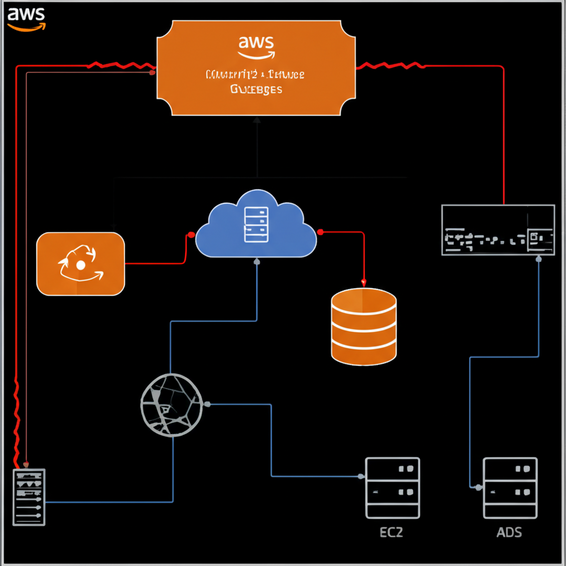In recent years, Amazon Web Services (AWS) has become synonymous with cloud computing, providing a wide array of services that power a significant portion of the internet. However, like any system, AWS is not immune to outages that can affect countless businesses and individual users. This post explores the impact of AWS outages on cloud services and IT infrastructure, understanding the dimensions of such incidents, and how organizations can prepare for them.
What Are AWS Outages?
An AWS outage refers to a failure in a specific service or services offered by AWS, leading to disruptions in the applications or websites relying on those services. These outages can arise from technical issues, major configuration errors, or external factors such as natural disasters.
Recent AWS Outages
For instance, on December 7, 2021, AWS experienced a significant outage that took down services for many popular websites, including Netflix, Disney+, and Slack. This outage, attributed to a networking configuration issue, highlighted how interconnected cloud services rely on AWS infrastructure.
Impact on Businesses
The ripple effects of an AWS outage can lead to serious consequences for businesses. Some impacts include:
- Service Disruption: Users are unable to access applications, leading to immediate revenue loss.
- Damaged Reputation: Frequent outages can erode consumer trust in a brand.
- Increased Support Costs: Businesses incur costs responding to customer service inquiries related to the outages.
- Data Loss: In severe cases, a lack of proper backup solutions may lead to permanent data loss.
How to Prepare for AWS Outages
While outages are often unavoidable, organizations can take proactive steps to mitigate their impact:
- Diversify Services: Consider using multiple cloud providers to distribute risk.
- Implement Redundancy: Set up redundant systems that can take over in case of an AWS failure.
- Regular Backups: Maintain regular backups of critical data and applications to minimize data loss during outages.
- Monitoring and Alerts: Use monitoring tools to receive alerts about service disruptions or performance issues.
Conclusion
Understanding the potential impacts of AWS outages and preparing for them can help mitigate risks associated with cloud services. Businesses must stay informed, utilize best practices for cloud migration and management, and maintain a resilient infrastructure.







